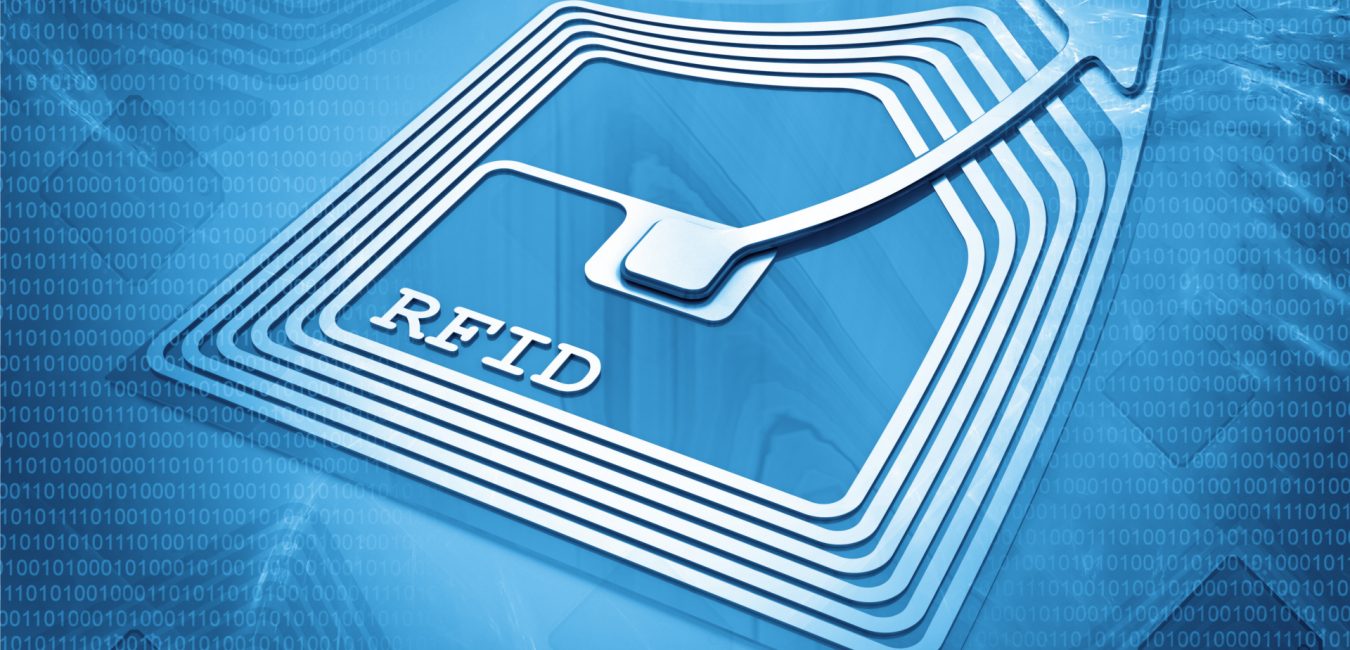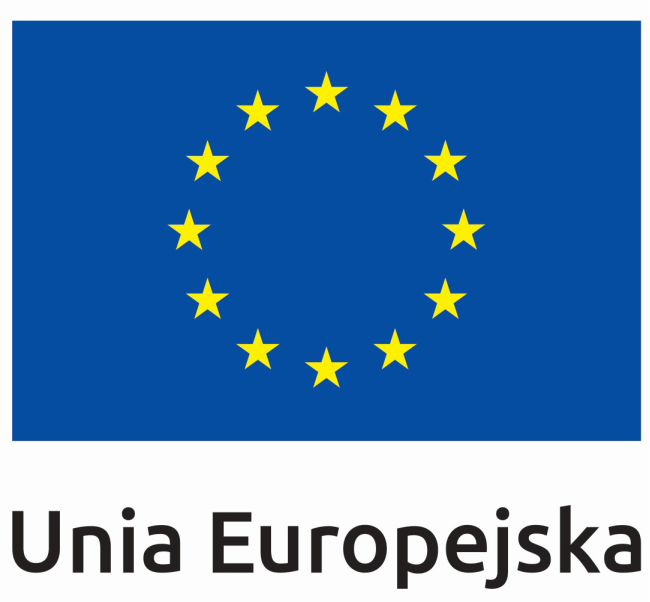
RFID
RFID (Radio Frequency Identification) is an identification system based on the use of radio waves as a medium for transmitting data about an identified object. Information is stored on special carriers (transponders, tags). RFID technology can be used in the same way as barcodes or 2D codes to control people, animals, goods and materials, and exchange services. RFID technology can be used in the OPTIest and OPTIpromag systems.
The main advantages of radio technology are the possibility of taking multiple readings in a short time (shorter than milliseconds), without direct visibility of the tag and resistance of the tag to environmental conditions (temperature, dust, dust, humidity). Another advantage is the ability to save much more information than on a traditional (1D) or multidimensional (2D) code. For some types of tags, it is possible to modify or supplement the information contained in them through appropriate programming devices. Thanks to this, we can change the information content of the tag at different stages of the supply chain.
The RFID systems used in logistics and industry today enable tag reading from a distance of a few centimetres up to about 100 meters. The reading distance depends on the type of tag used (passive or active), antenna arrangement and the environment in which the readings take place.
Along with the development of radio technology, many standards have emerged related to readers, antennas and tags. In fact, every company that produces this technology has tried to impose its own solution. The recognised standard is the GEN2 specification (Class 1 Generation 2 UHF Air Interface Protocol Standard). It specifies the physical structure and data encoding standards for passive tags. It applies to frequency ranges from 860 MHz – 960 MHz. The full text on the GEN2 standards can be downloaded from the EPC Global website.
When designing RFID systems, remember to select tags, antennas and readers in such a way so that they are compatible with each other and that their use does not violate the telecommunications law of allowed frequencies and transmitters power. One of the consistent features should, therefore, be the frequency of operation of a given RFID system element.
The variety of RFID standards (readers, tags, antennas) and business conditions make it difficult for many customers to introduce the RFID technology. OPTIDATA reliably approaches the analysis of customer needs. Our task is to choose the optimal technology for the implementation of the presented task. Together with the client, we consider at which stage of the supply chain or for which identification purpose can the RFID technology be used, and what expected rate of return on investment (ROI) will satisfy the client. All your ideas in the field of identification can be checked in advance in the OPTIDATA RFID Laboratory held since 2006.
Tests and pilot implementations – we offer our potential clients a system design and pilot implementation, which aims to check the operation of RFID devices in the specific conditions of the client’s workspace. The project defines the testing objectives, methods, conditions and resources necessary to conduct a test procedure as well as the assessment parameters.
OPIDATA offers the delivery of system components or the implementation of a comprehensive solution integrated with the ERP system. Consultants with several years of experience in preparing and testing solutions will help you design a general concept and choose the right RFID system elements, including:
- RFID tags or labels;
- RFID gates and readers;
- Label printers with RFID tag programmers;
- Automatic RFID tag application;
- Portable terminals;
- Trolley terminals and antennas.
ADVANTAGES OF USING RFID TAGS
- Eliminating the need for direct contact between the reading device and the identified object;
- Identification of products that are in hard to reach places;
- Reading information from all tags within the reader’s range in a very short time;
- More resistant than traditional barcode labels;
- Possible to store in places characterised by harsh environmental conditions, such as high humidity and temperatures or significant dustiness;
- Possibility to read and write multiple times;
- Record much more information than a bar code;
- Thanks to specially designed memory cells, a user can also add information to them, e.g. after passing the following stage in the supply chain.




